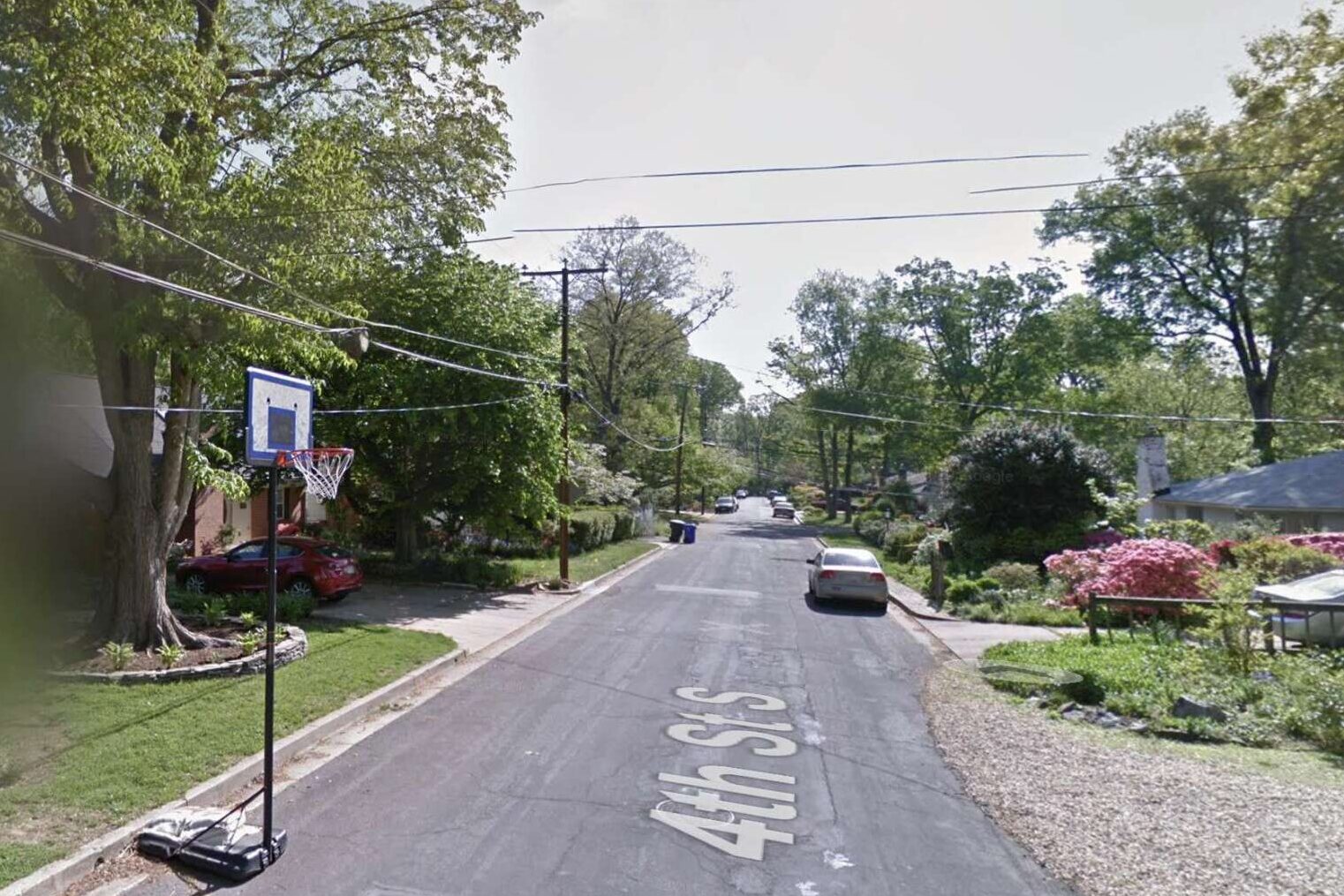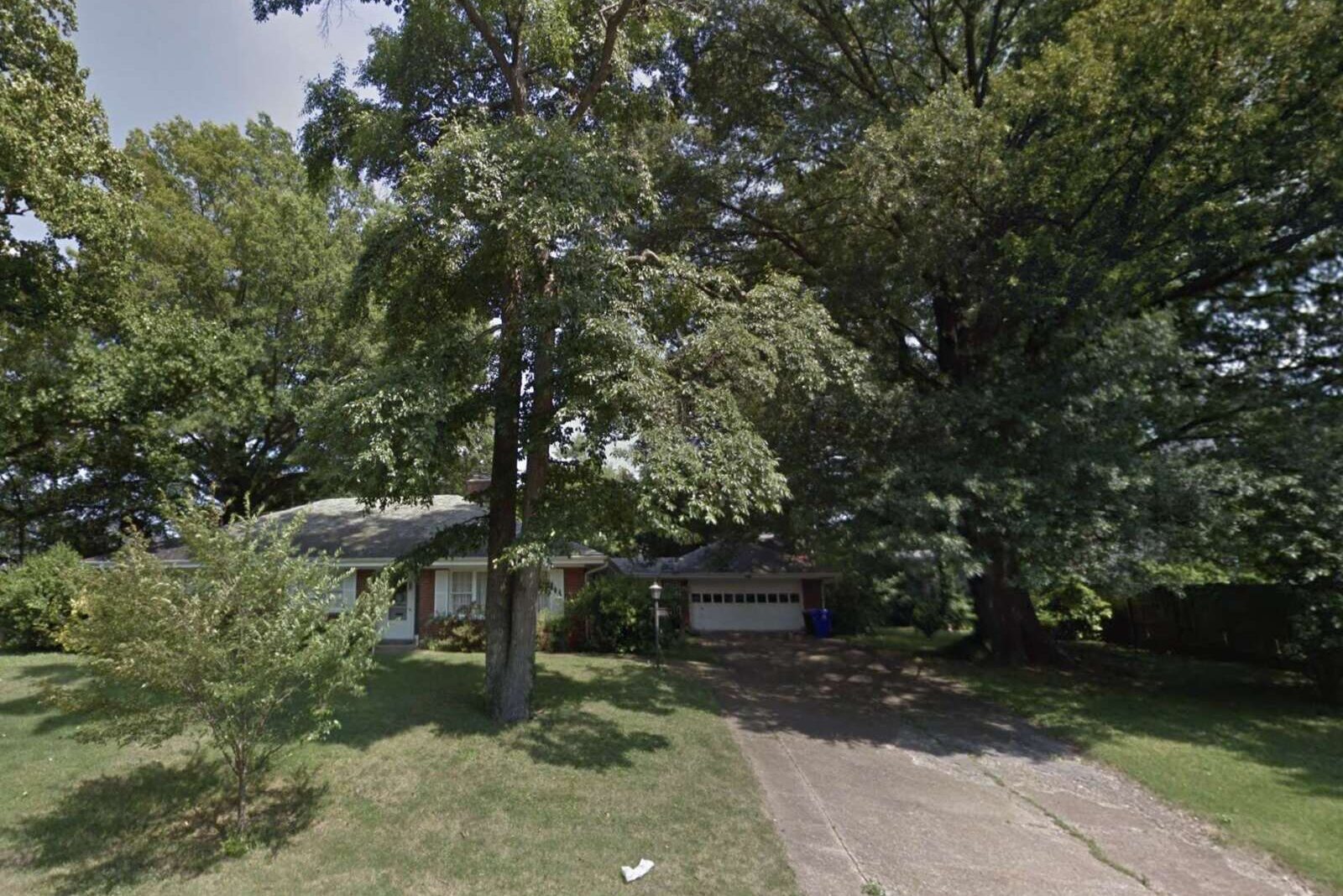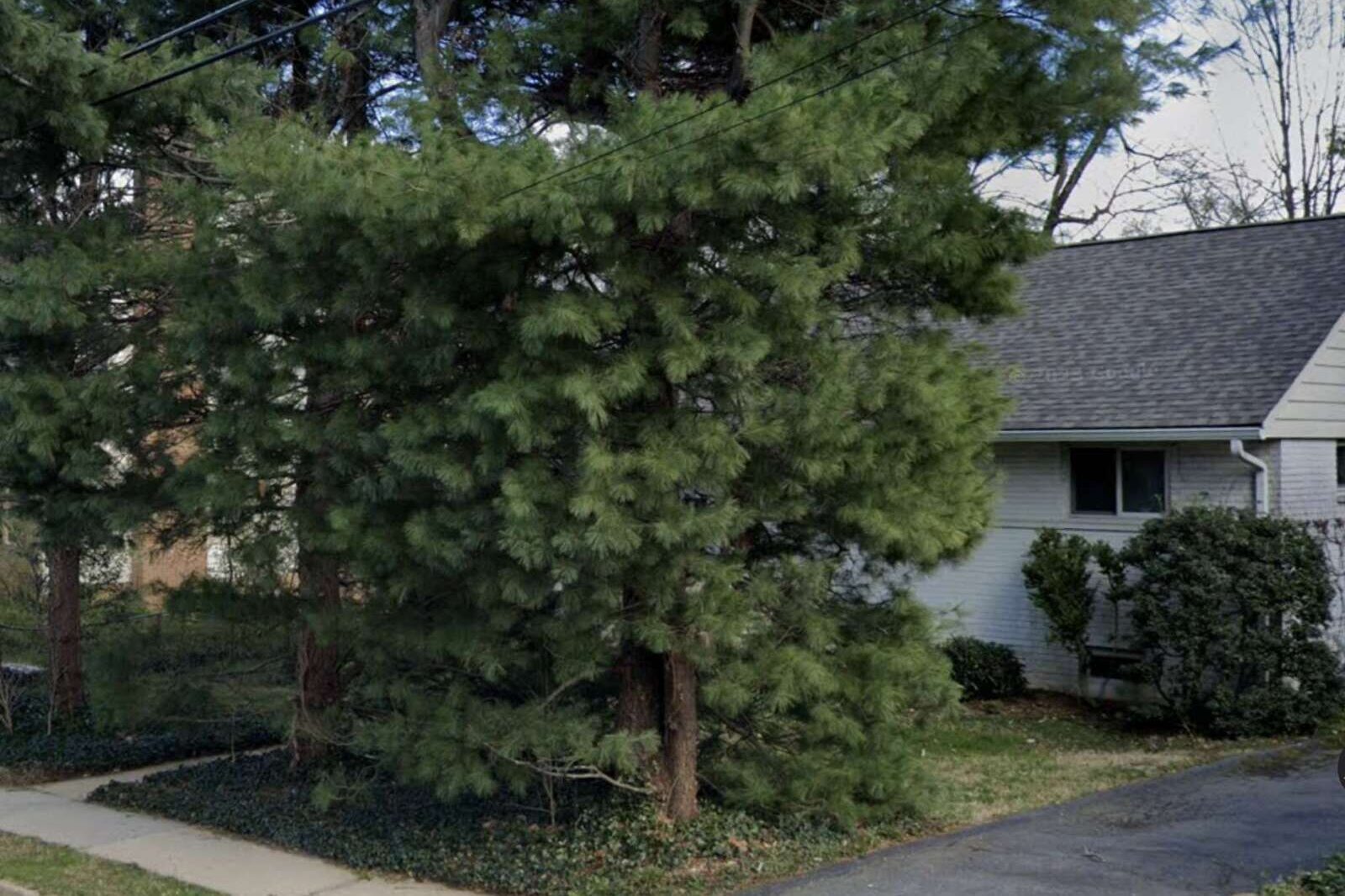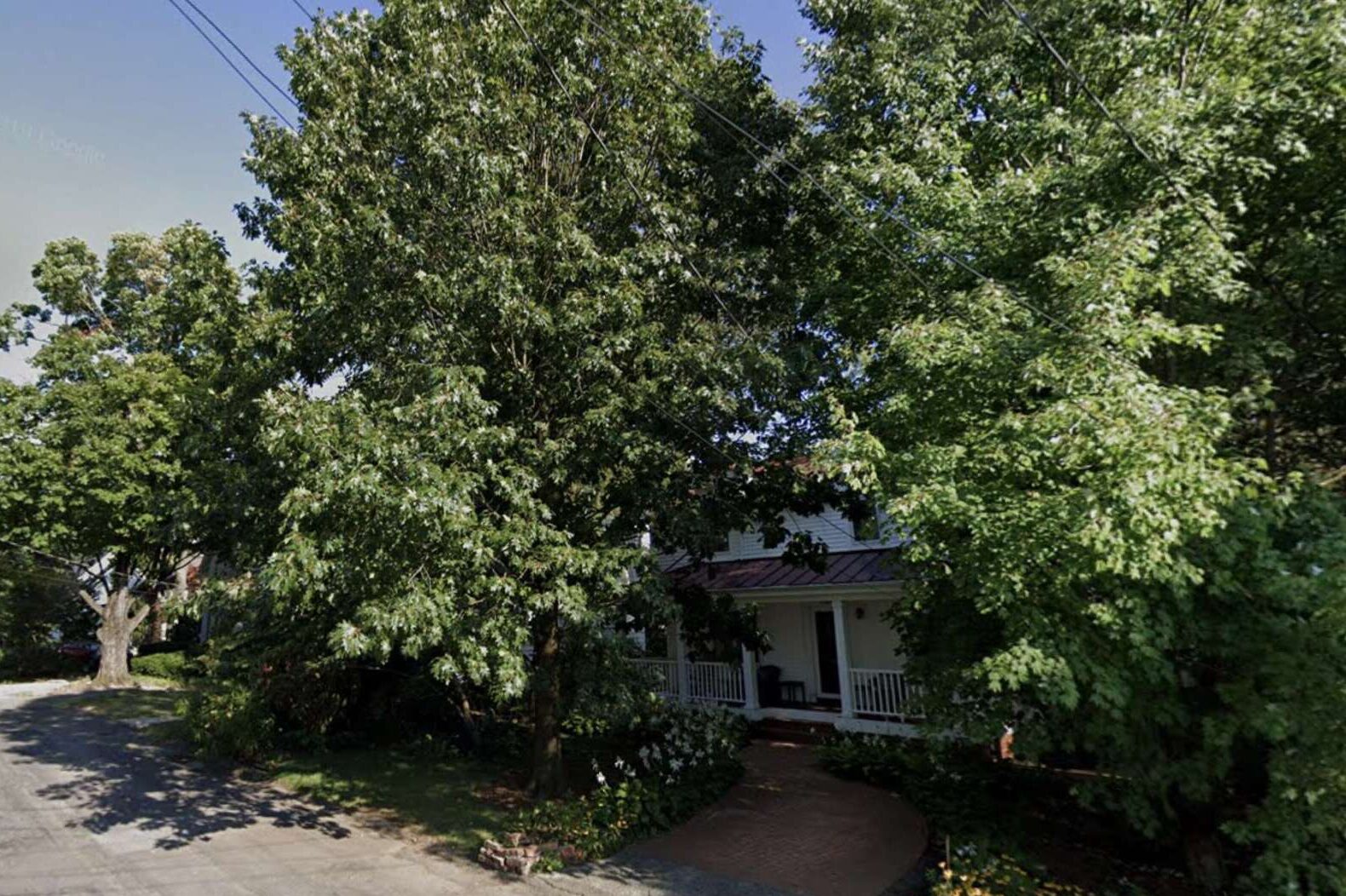Four privately owned trees of “outstanding size” in Arlington could be protected from future removal or injury.
The owners, who live in the Williamsburg, Cherrydale and Glencarlyn neighborhoods, nominated these trees to be recognized as “specimens” worthy of protection, the county says in a report.
The trees meet criteria for this designation “by virtue of their outstanding size and quality for their particular species,” the report says. The Arlington County Board is set to grant this protection at its meeting this coming Saturday.
Over two decades ago, the Board approved a tree preservation ordinance that provides a four designations — “Heritage, Memorial, Specimen and Street Trees” — through which trees on public or private property can be protected from removal or injury. Some 17 trees are highlighted on the county’s website for their size, condition and heritage.
There are approximately 755,000 trees in Arlington, according to a draft of an update to the county Forestry and Natural Resources plan. The county controls about 120,000 trees, including those in parks and about 19,500 street trees. The remainder grow on private property or on public institutions that are not directly managed by Arlington County.
Protecting private trees is one strategy the county has for maintaining its canopy. For about as long as this ordinance has been in place, and despite redevelopment on private property, tree canopy has covered about 41% of land area in Arlington.
“This level of canopy has remained constant for the past 20 years, largely because significant losses on private property were offset by tree planting and preservation on parks and other public lands,” the plan says.
Arlington will have to rely more on designating and preserving trees, like the four going before the County Board this weekend, going forward, per the plan.
“With little ‘plantable space’ remaining on existing county-owned land, opportunities to offset future losses will be limited by the need to conserve natural areas,” it says.
Trees play an important role in reducing carbon, energy use and runoff.
Tree branches, roots and trunks remove and store about 9,360 tons a year of carbon in Arlington, but that represents “only a fraction of the County’s greenhouse gas emissions,” the plan says.
Tree canopy provides shade, reducing energy use in buildings and transportation and preventing the radiation of heat back into the environment. A recent study found leafier — and often wealthier — Arlington neighborhoods are cooler than its Metro corridors and lower-income areas, a disparity a local nonprofit is working to address.
Tree roots hold soil in place, reducing runoff during rain storms. Since a deluge in 2019 caused extreme flooding, there has been increasing focus on county stormwater infrastructure, as well as concern that trees are lost due to the redevelopment of older homes into larger homes that cover more of a given lot.
Those concerns have taken root on both sides of the debate over allowing townhouses, duplexes and other smaller-scale multifamily housing — “Missing Middle” housing — in areas currently zoned only for single-family homes. This resulted in a strengthened requirement in the current Missing Middle draft proposal that may require at least one tree per dwelling unit built.
Once trees are protected, injuring, removing or destroying them comes with a fine of up to $2,500 per violation, per the ordinance. Protected trees can only be removed with County Board approval when “there is an overriding need for public improvements” or a “severe hardship exists for reasonable use of a site.”
In these cases, the Board can require trees be planted to replace the amount of canopy lost. No one can stop a tree from being removed if the county’s Urban Forester deems it dead or irreversibly damaged or diseased.
Provisions in the ordinance don’t apply to work on federal or state property, emergency work to protect “life, limb or property,” routine installation, maintenance and repair work for cables and wires, activities with minor effects on trees, such as gardening, as well as commercial planting, managing and harvesting, the ordinance stipulates.
An updated Forestry and Natural Resources plan governing conservation, planting and management of trees and ecosystems is expected this spring or summer.
Photos via Google Maps





